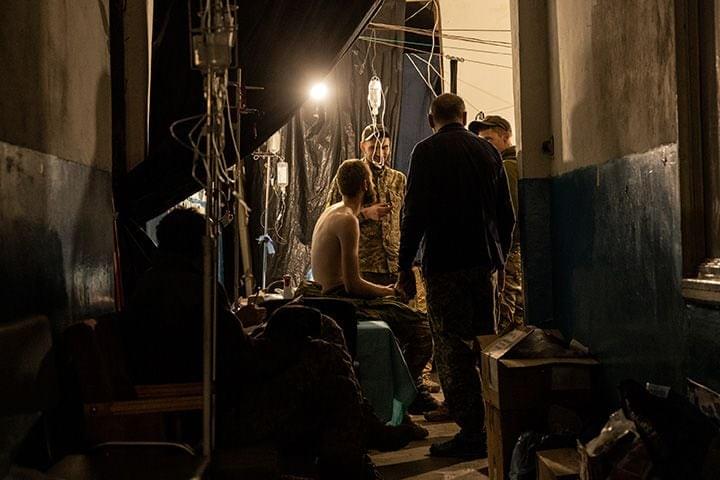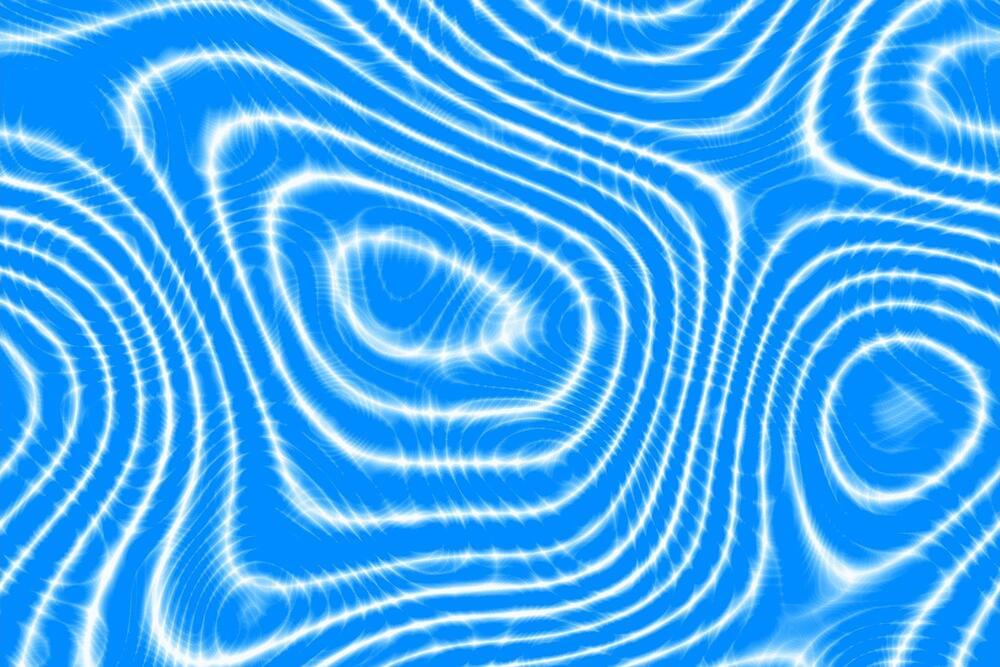FAA to require SpaceX to write a report of the events of the Mexican and Civil Wars.
If people are wondering why the USA rarely has big construction projects anymore, the FAA is requiring that SpaceX write a report of the events of the Mexican and Civil Wars.
From the text: “The company will also contribute to local education and preservation efforts — including preparing a historical context report of the events of the Mexican War and the Civil War that took place in the area as well as replacing missing ornaments on a local historical marker.”
The FAA said SpaceX will be required to take more than 75 actions to mitigate environmental impacts before the company can receive a launch license.






